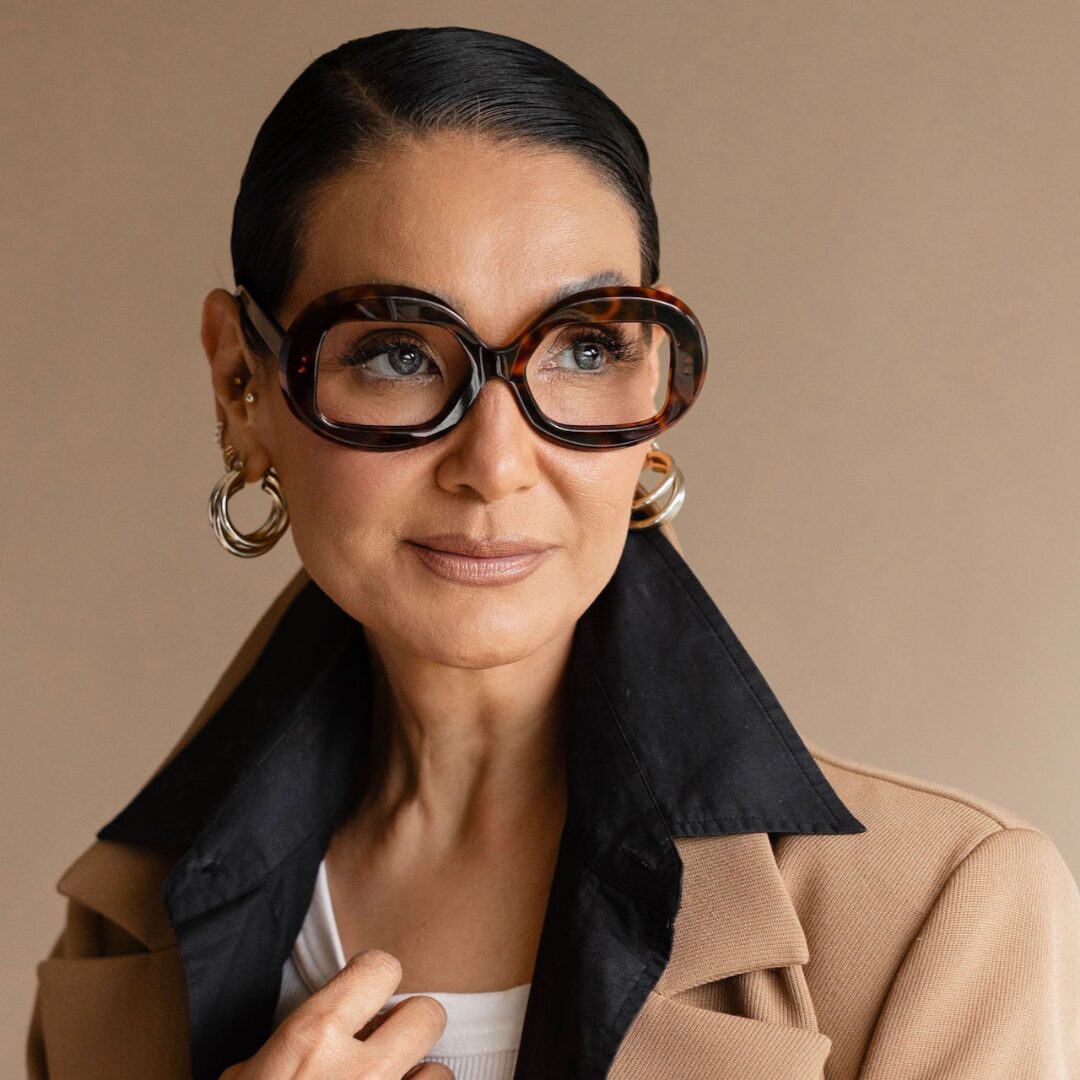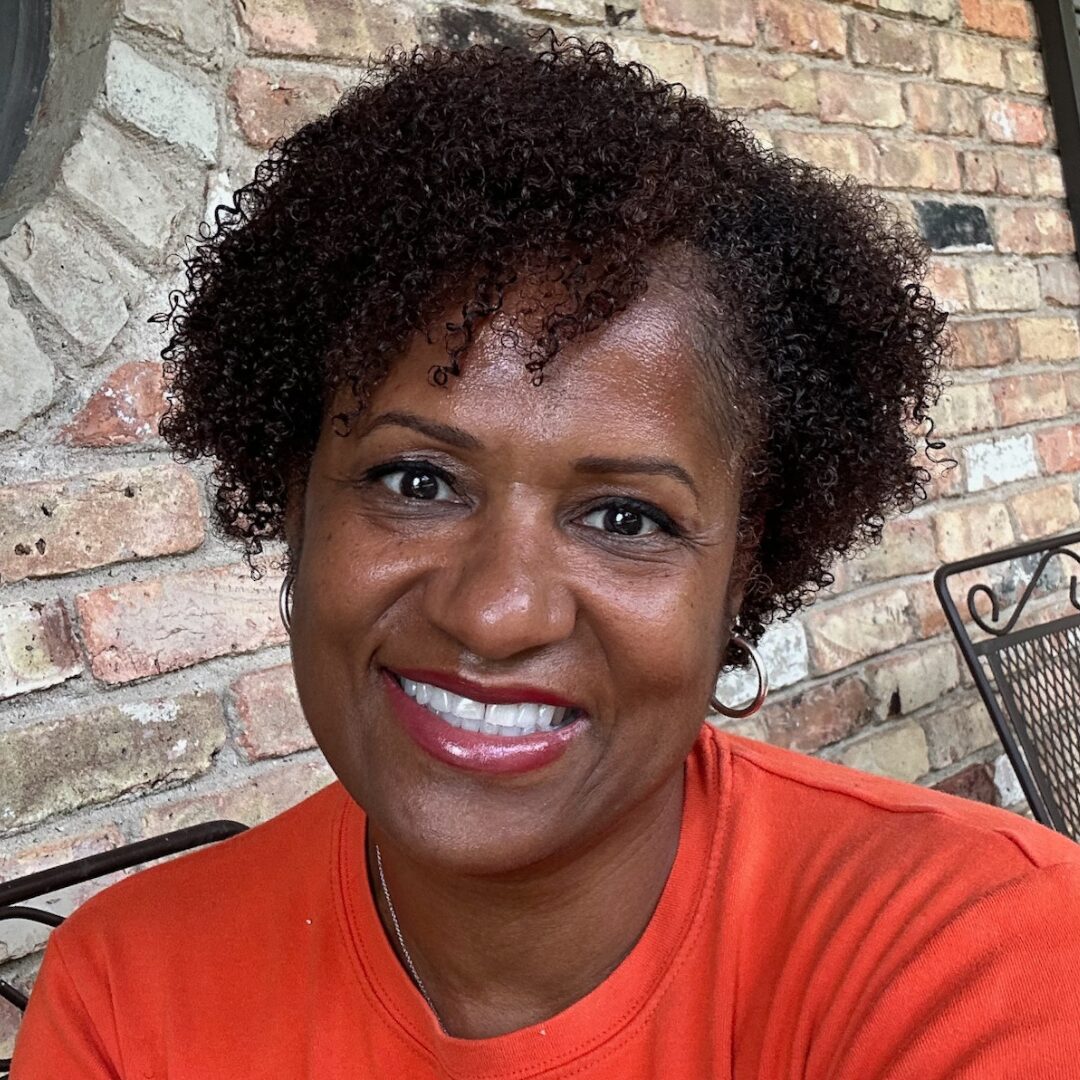Intro: What do a recent house remodel, the Barbie movie, an ancient Japanese philosophy and your beautiful aging body have to do with one another? On this solo episode of the More Beautiful Podcast, you’re gonna find out….boy this podcast is getting more and more interesting….so stay right there.
Welcome to More Beautiful, the podcast for women rewriting the midlife playbook. I’m your host, Maryann LoRusso, and I invite you to join me and a guest each week as we strive for a life that’s more adventurous, more fulfilling, and more beautiful than ever before.
Maryann: A few years ago, my husband and I did some renovations on our house. It was an ordeal, as these things typically are. We spent more money than estimated, it took longer than anticipated, and it aggravated us more than expected. But it got done, thankfully right before covid hit. Which, to this day, I am so grateful for, because just a few months earlier the four of us, plus our dog, were living in the dusty basement, sharing one tiny bathroom, while workers were coming in and out. Not fun.
Anyway, for those eight months in 2019 and early 2020, after the remodel was complete, we basked in the shiny newness of everything in the house. Freshly painted walls, new kitchen cabinets, sleek hardwood floors. In an effort to preserve this newness, we were careful with everything, putting coasters under every coffee cup and glass, making sure we used the right cleaner to wipe down the countertops. Then the pandemic happened, and we found ourselves, like most everyone else, living under the same roof, day after day. Cooking and eating almost every meal at home. Working from home. Working out at home. Everybody at home, all the time. And before we knew it, the house very quickly began to show signs of wear and tear. The cabinets and floors started to chip. The paint, especially along the stairs, got scuffed. A couple of buttons popped off our tufted sofa. Someone dropped a cast iron pan into the so-called indestructible sink and cracked it.
This really bothered me, because we had sunk so much money into the house, and we hadn’t been there very long, so I wanted to repair every little flaw as it emerged. My husband, whose Zen-like ways both inspire and irritate me, was good about fixing stuff right away. But he’d always say, “You know, the house is not gonna stay this way forever.”
And as much as I agreed with him, I also wanted to scream, “No shit, Sherlock. Don’t you think I know that?”
Because, really, who knows that better…Who knows that nothing stays the same way forever, than a woman traversing midlife. But more on that later.
So, as the house was beginning to show its first signs of aging, I continued to want to fix everything, to get control of the situation, so that the blemishes wouldn’t pile up. And looking back, I think some of that compulsiveness was due to the fact that I grew up in a household where, if a light bulb went out, it would take weeks for someone to replace it. Where things went unpainted for months, even years. Where broken appliances were sometimes never get fixed. And I think for me, a woman who’s moon is in Taurus and needs her home to be a source of comfort and stability, I have a little PTSD from growing up in an environment like that. So in my head, one must take care of these things as they come up, or else be doomed to living in complete and utter disarray. I’m not saying it’s rational.
Anyway, my efforts to stay on top of the house repairs was futile. Because if you remember, during the pandemic, you couldn’t hire someone to paint. Repairmen were backed up for months here in our city—in many cities–and supplies were on infinite backorder.
So what did I do? What was I forced to do? I learned to embrace the imperfect.
There’s a Japanese term called Wabi-sabi, which is an ideology that is deeply rooted in Japanese culture. The word “wabi” means simplicity, humility and living in tune with nature. The word “sabi” refers to what happens with the passage of time. It has to do with the transience of beauty and authenticity of age. Practicing wabi-sabi is learning to accept the natural cycle of growth and decay, life and death. It’s finding harmony and serenity in the uncomplicated and organic. It’s finding perfection in what is imperfect.
Wabi-Sabi isn’t shabby chic, junky, messy or shoddy. You cannot make something wabi-sabi. Something just naturally becomes wabi-sabi, as the normal ebb and flow of life takes its intended course. When I first heard the term, I thought about the children’s story The Velveteen Rabbit, who became human only when it was old and worn out from being loved. Perfectly ironed clothes, chic lacquered furniture and mass-produced works of art are not wabi sabi. But here are some things that are: Dried flowers or branches. A crack in your favorite teacup. An old beloved wooden desk that’s worn out from use. A faded pair of jeans, a cracked leather bag, or an old sweater, maybe with some threads hanging loose, that you wear over and over again, because it feels just right. And wabi-sabi isn’t restricted to things and stuff. It can be an experience or even a feeling. Such as waves crashing on the rocks, or hanging out with old friends.
Thinking about this concept in light of our home, which was becoming more lived-in by the moment, I tried to reach that state of mind where I could accept, and even celebrate, the imperfect nature of things.
Whether we’re talking about our house, our bodies, or even our lives, I think it’s important to not get stuck on “the way things used to be,” or an idealized state of how they should be. When we’re younger, we’re always striving to be better, less flawed. Like staying on top of house repairs, you probably spent some of the best years of your life trying to stay on top of your appearance. Plucking your eyebrows, dying your hair, or dieting to fit into your clothes. As Cher once said, “More and more input, less and less output.” You manipulate, wrestle, wrangle your willpower to be as close to perfect as you can be. As you get older, maybe it’s a little Botox, or even cosmetic surgery. Our culture encourages us to struggle against the natural ebb-and-flow of life. But eventually those efforts become futile, because mother nature has other plans. Sooner or later, if we’re lucky enough, we’re gonna age. Our faces will change, our skin will sag, wrinkles will appear, our bellies may pop out more than it used. But I think it’s about time to understand how amazing that is.
And sometimes the cracks we see in ourselves aren’t physical. We see past failures, mistakes and senseless detours as imperfections to erase from our story. We may try to forget these bad experiences and errors of judgement. So we suppress them. But they stay with us on a subconscious level. Then what happens? Midlife crisis, anyone? But just like the physical flaws, we need to see the beauty in the path we traversed, even if it wasn’t a straight line.
If you remember, there’s a scene in the Barbie movie when Margo Robbie’s character looks closely at an old woman sitting on a park bench. She sees her wrinkles, the twinkle in her eye, the depth that can only come from experience, and says, “You are so beautiful.” What does the woman say back? “No, I’m not?” or “Oh, honey, I’m old, I wish I were your age again?” Nope, She says, “I know it.”
Oh boy, if we could all know this. If we could all understand that wabi-sabi, the transience of beauty and authenticity of age, applies to us too. Those laugh lines, and graying temples and softening bodies tell a story of long conversations, walks in the sun, babies held and rocked, lovers embraced, and tears shed. Like the velveteen rabbit, we’re becoming more real.
Now, five years after our remodel, I’m no longer quick to label something broken, imperfect or, dare I say, old. When look at that apron sink and see the not just one, but three or four chips inside, I try to remember how many delicious meals with family and friends we’ve cleaned up in that sink. When I see another blemish on the countertop or discover another mark on the hardwood floor, I think, wow, we’ve had some fun get-togethers here. The flaws are all melding into something cozy and well-lived, like a favorite old sweater.
Last week I was framing an art print and I noticed that the corner of the gold frame had a visible ding. My first thought was to run out and buy a paint pen so I could touch it up. But then I looked closer, and decided that the chip made the frame more interesting. So I hung it on the wall, untouched.
And these days, when I pass a mirror and see an older lady, not the younger woman I used to know, I don’t run to find good lighting. I try to linger there for a few seconds, to get to know and accept this better version of myself that I’m becoming. She’s pretty cool, with or without the hair dye and makeup. I may even like her better than all the versions that came before her. And I’m pretty sure I’m gonna love the ones that come next.
What about you? Have you learned to see the beauty in the imperfect? I’d love to know
Thank you for listening to More Beautiful.





